Spring rice is in the panicle formation stage, some areas are planted early in the panicle stage. The expected flowering time of rice crops is as follows: the flowering area from April 15 to 24 is about 3,000 hectares, concentrated in some areas without proactive irrigation in communes such as: Dan Truong, Xuan Hoi, Xuan Giang (Nghi Xuan); Huong Giang, Huong Thuy, Phu Gia (Huong Khe); Mai Phu, Thach My (Thach Ha); Kim Song Truong (Can Loc); communes outside the Dike (Duc Tho); the flowering area from April 25 to May 5 is about 56,167 hectares, distributed throughout the province.
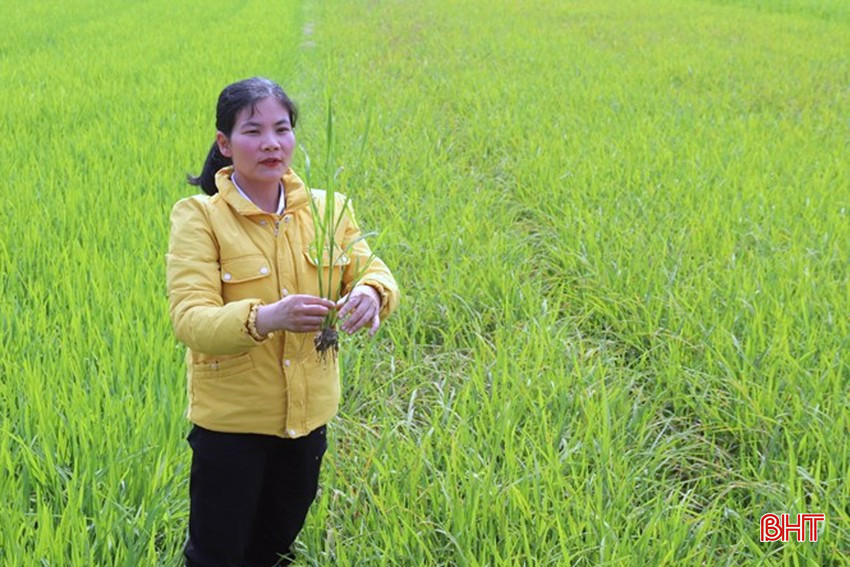
According to the forecast of Ha Tinh Hydrometeorological Station, the weather from now until early May 2025 is likely to be affected by 3 cold air waves (April 13-17, April 20-23, May 2-5). During the time of cold air impact, the weather will remain cloudy, rainy, foggy in the early morning and late afternoon, high humidity, average temperature of 21-24 0 C, which is not favorable for the flowering process of rice, and at the same time, favorable conditions for pests to arise and cause damage to rice, especially neck blast disease.
In addition, the weather from March until now has been continuously affected by cold air waves causing rain and humidity, weak light creating favorable conditions for blast fungus to accumulate in the fields and Ha Tinh has been identified to have many highly toxic blast fungus strains that can arise and cause widespread damage during the rice flowering stage if weather conditions are favorable for the disease.
To be proactive in preventing rice blast disease, the Ha Tinh Department of Crop Production and Livestock has proposed a number of disease prevention solutions.
First of all, proactively carry out investigation, detection, prediction and planning; review the structure of cultivated varieties in the area, focusing on areas planted with varieties susceptible to rice blast disease such as: P6, ADI168, Thai Xuyen 111, VNR20, HN6... and areas recently infected with rice blast disease, areas at risk of infection; regularly visit fields, check growth status, determine flowering time of each rice crop, each field, each ecological zone, each rice variety to focus on timely and effective disease prevention and control.
Disseminate, urge and guide disease prevention measures; closely monitor weather developments and rice flowering progress to determine the time to apply pesticides in the field; maintain sufficient water to create favorable conditions for rice flowering and promote the effectiveness of pesticides.
Regarding the technique of pesticide treatment, the first spraying time is when the rice is in the early stages (3 - 5% in the early stages) and the second spraying time is 5 - 7 days later with one of the following active ingredients: Tricyclazole, Isoprothiolane, Fenoxanil; Common commercial pesticides in the province with recommended concentrations and dosages for spraying 1 sao (500 m2 ) are: Filia® 525 SE, Kasoto 200SC: mix 30ml of pesticide in 20-25 liters of water; Beam® 75WP, Flash 75WP: mix 15 grams of pesticide in 20-25 liters of water; Kabim 30WP: mix 20 grams of pesticide in 20-25 liters of water; Ninja 35EC, Funhat 40EC: mix 50ml of pesticide in 20-25 liters of water...
In addition to rice blast disease, it is necessary to proactively check and monitor other pests for proactive prevention.
Currently, brown spot disease has appeared and caused damage in some densely planted, over-fertilized rice fields, with an infected area of 750 hectares. Weather and crop conditions from now until the end of the season are favorable for the outbreak and spread of the disease. Focus on monitoring the fields, proactively detecting and providing timely instructions for spraying when the disease first appears; use one of the drugs with active ingredients such as: Validamycin, Difenoconazole, Hexaconazole; commercial drugs such as: Vida® 5WP, Tilt Super® 300EC, AVT vil 5SC...
Brown planthoppers and white-backed planthoppers appear locally in nests, mainly at the 3rd and 4th instars. It is forecasted that the next crop of planthoppers will appear from April 20 onwards. It is necessary to conduct a good investigation and detection work, focusing on low-lying areas and areas where planthoppers often cause damage every year; based on the time of planthopper bloom and the density of planthoppers in each locality to carry out effective prevention and control, using one of the following drugs with active ingredients: Imidacloprid, Clothianidin, Pymetrozine; commercial drugs such as: Chess 50WG, Ba Dang 300WP, Anvado 100WP...
Rats cause damage to an area of about 600 hectares. At this time, rats enter the reproductive and child-rearing period; they tend to dig burrows for shelter and reproduction; priority is given to applying measures to dig burrows to kill rats.
With bacterial leaf blight, it is necessary to regularly check the fields, proactively spray disease prevention on areas planted with susceptible rice varieties such as: Thai Xuyen 111, TH3-3, Bte1, KDDB... and areas where the disease often occurs every year, use one of the drugs with active ingredients such as: Oxytetracycline, Kasugamycin, Ningnanmycin; commercial drugs such as: Kamsu 2SL, Sunshi 21WP, Miksabe 100WP...
Farmers need to take advantage of favorable weather, dry days to treat the disease, spraying in the early morning or cool afternoon to maximize the effectiveness of the disease. When using the disease, it is necessary to follow the "4 rights" principle and instructions on the package.
Source: https://baohatinh.vn/co-quan-chuyen-mon-ha-tinh-huong-dan-phong-tru-benh-dao-on-co-bong-post285712.html




![[Photo] Prime Minister Pham Minh Chinh and Prime Minister of the Kingdom of Thailand Paetongtarn Shinawatra attend the Vietnam-Thailand Business Forum 2025](https://vphoto.vietnam.vn/thumb/1200x675/vietnam/resource/IMAGE/2025/5/16/1cdfce54d25c48a68ae6fb9204f2171a)

![[Photo] President Luong Cuong receives Prime Minister of the Kingdom of Thailand Paetongtarn Shinawatra](https://vphoto.vietnam.vn/thumb/1200x675/vietnam/resource/IMAGE/2025/5/16/52c73b27198a4e12bd6a903d1c218846)



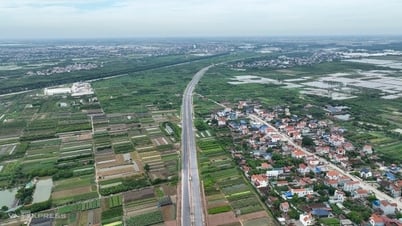





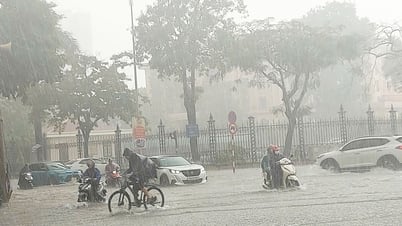

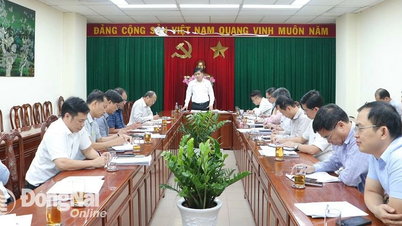







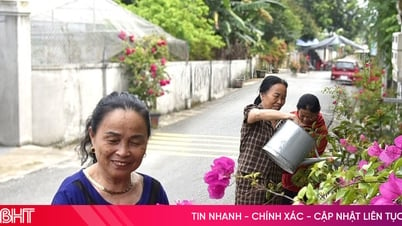


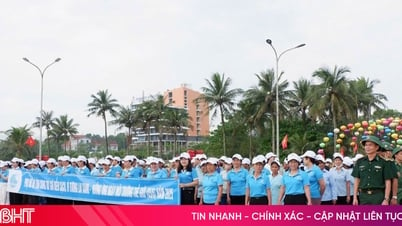

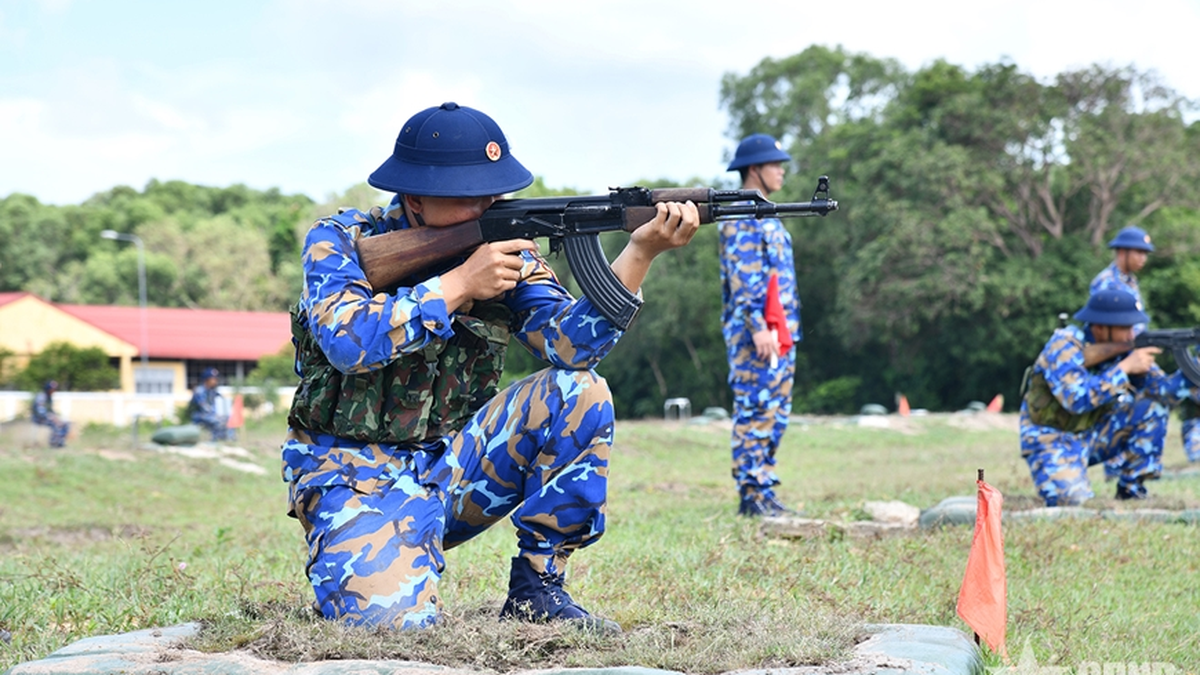







































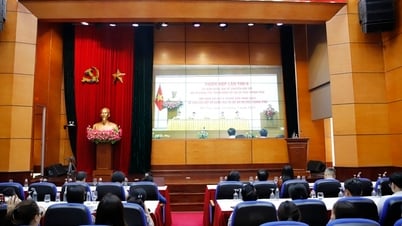









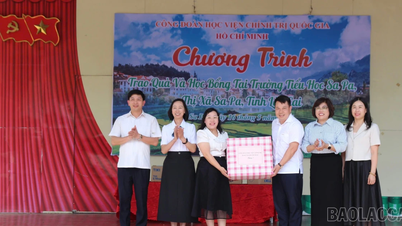












Comment (0)